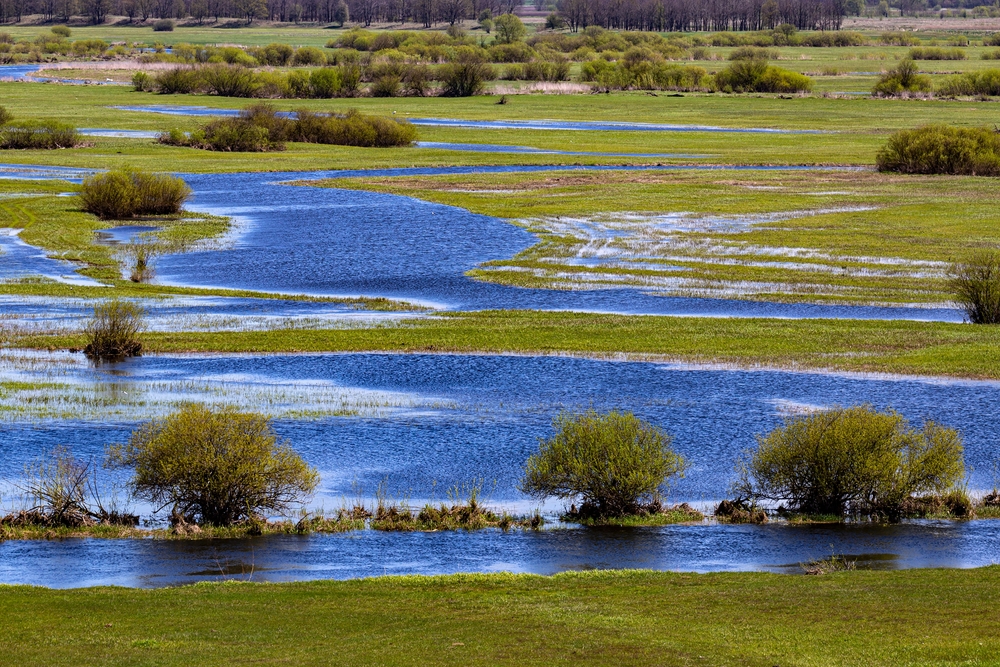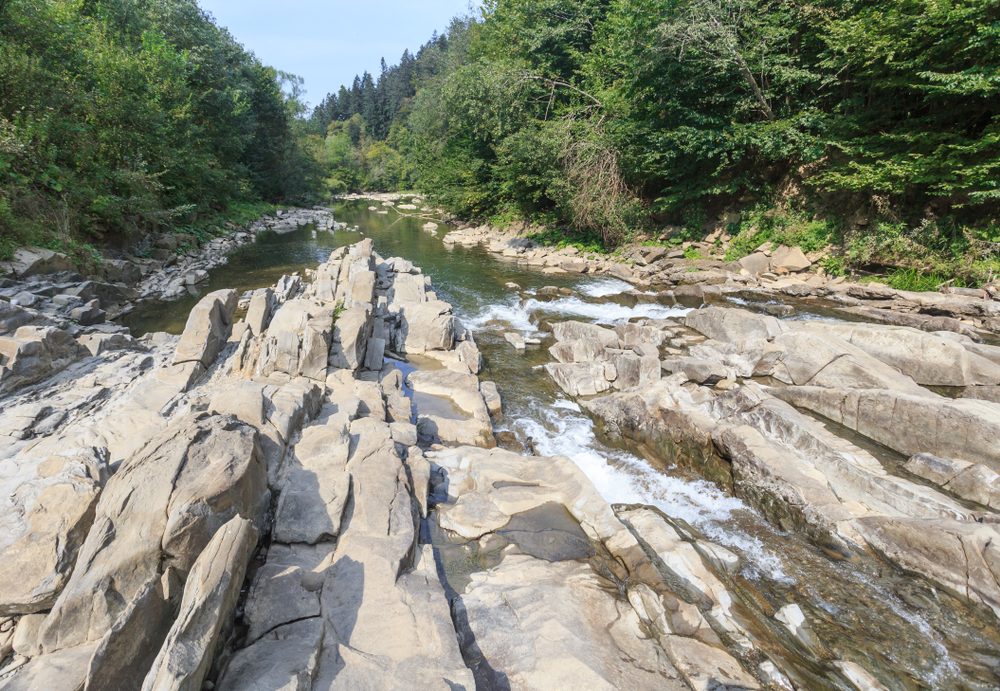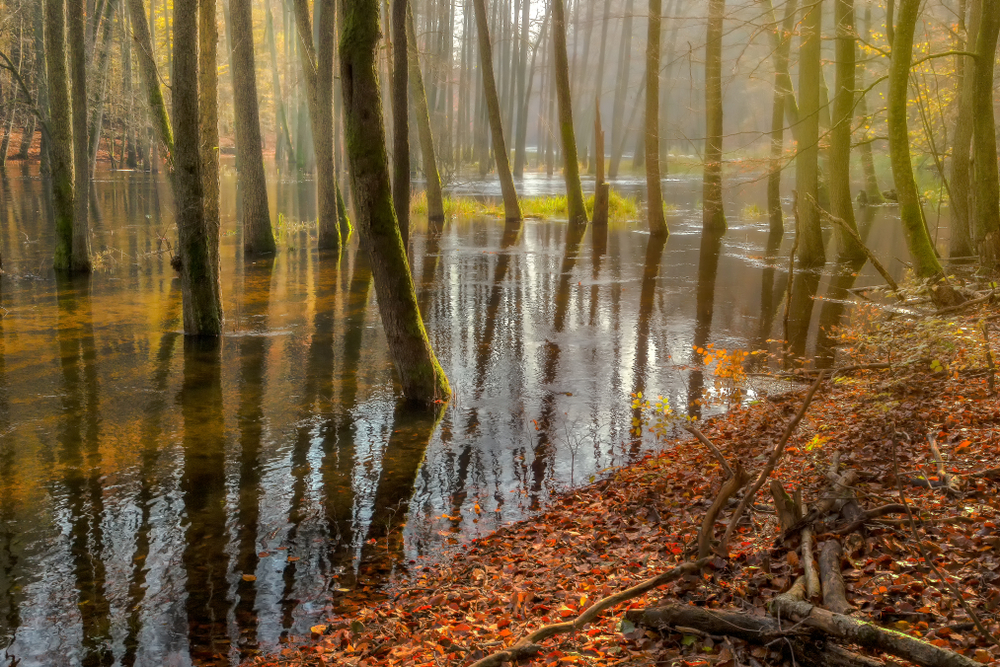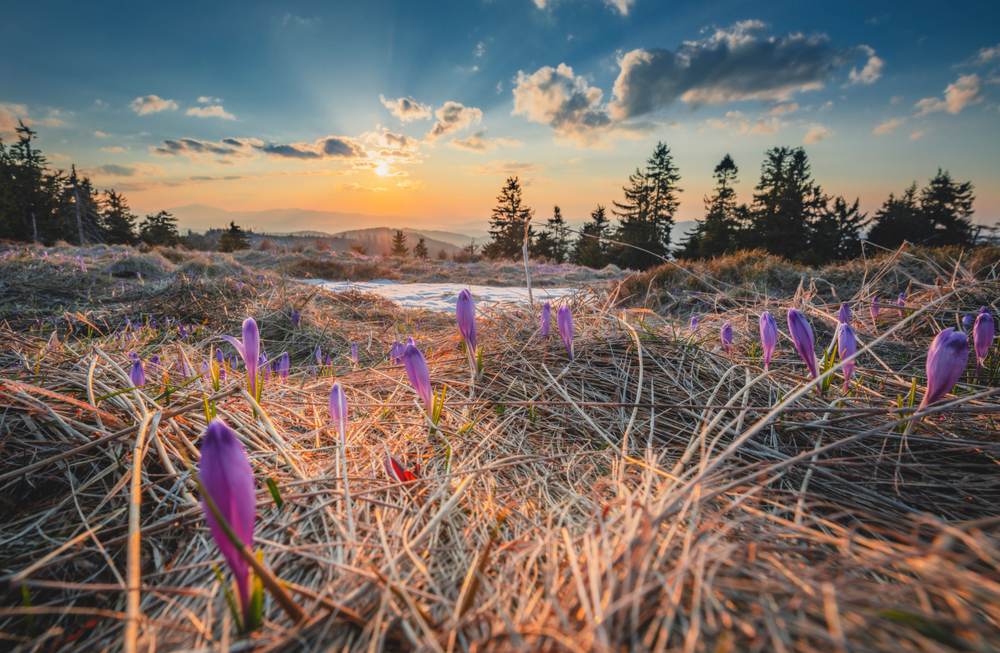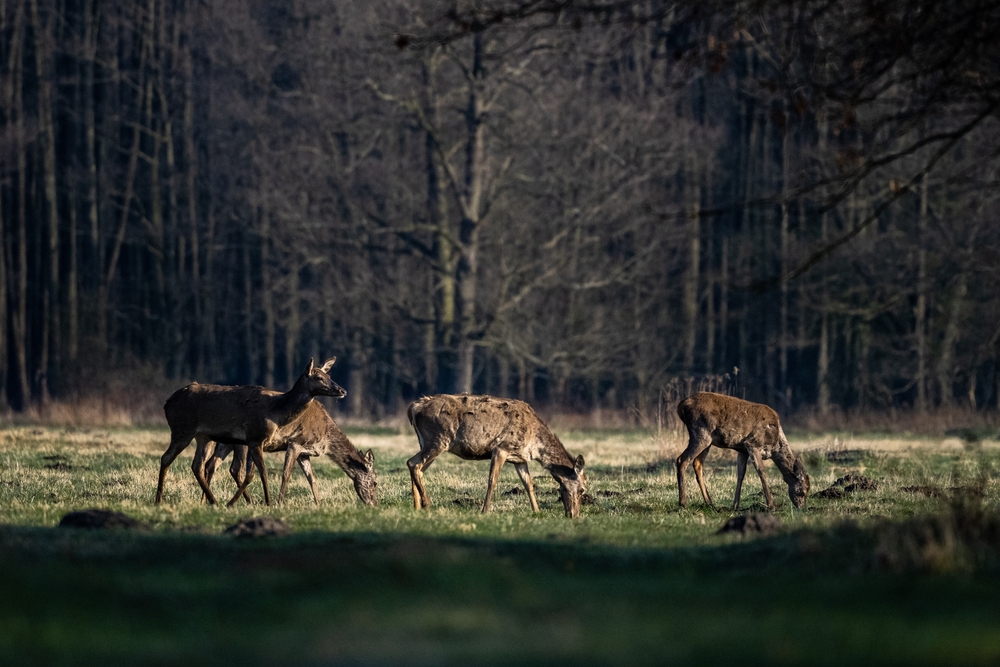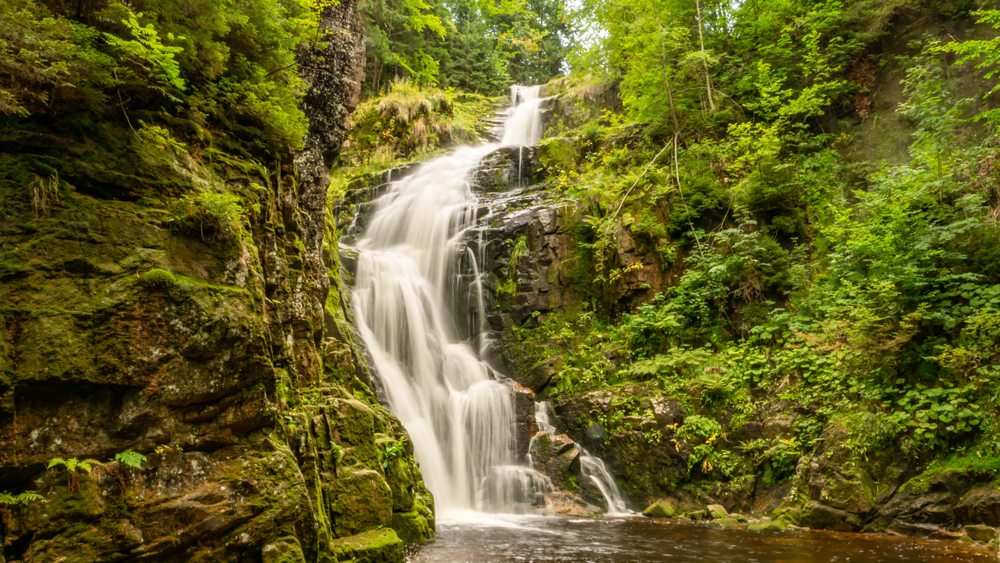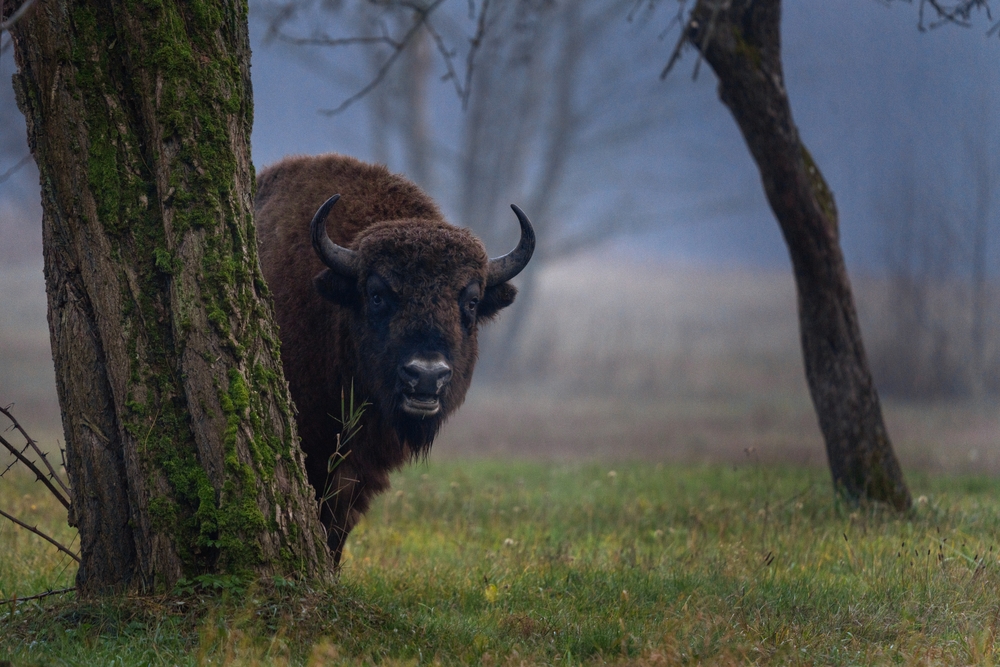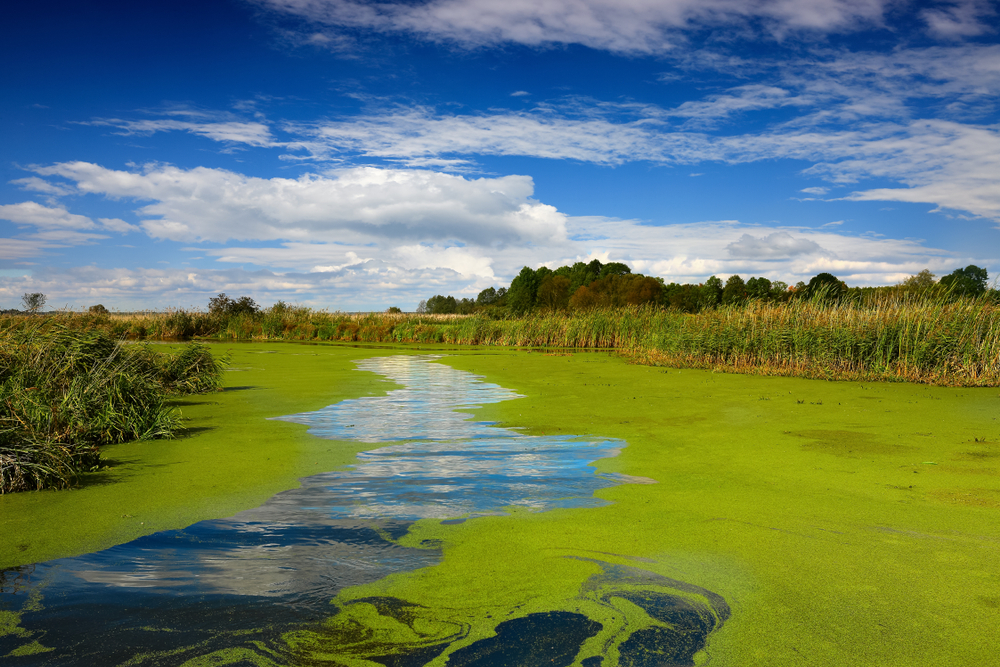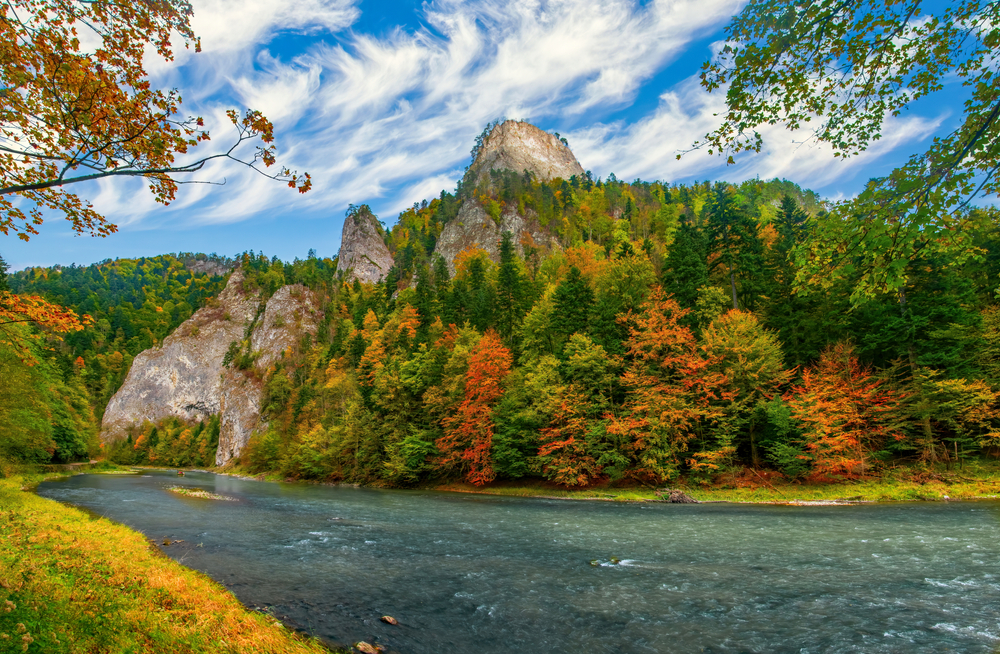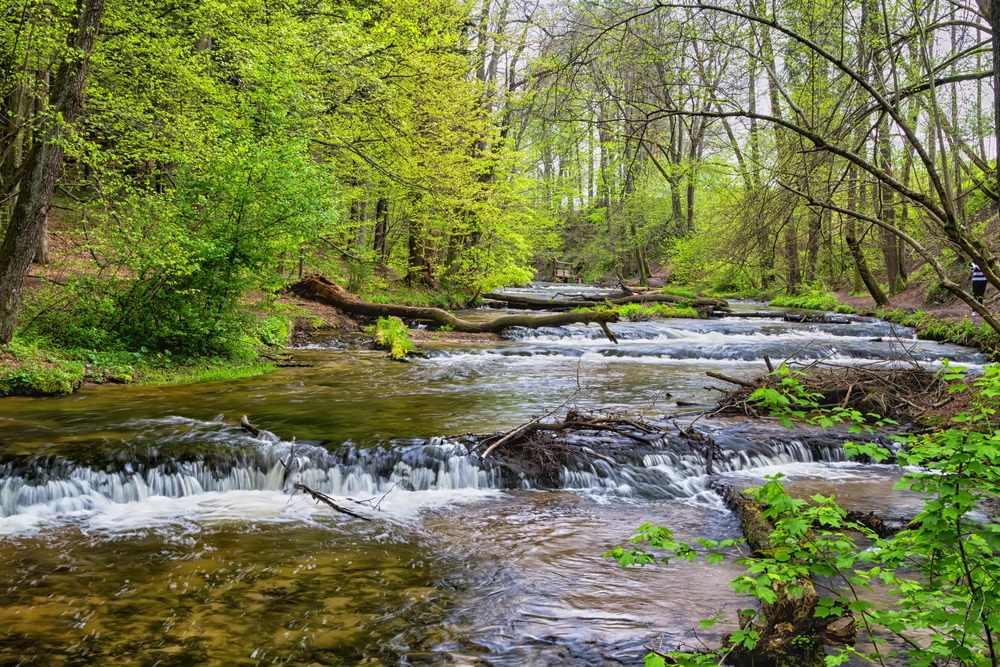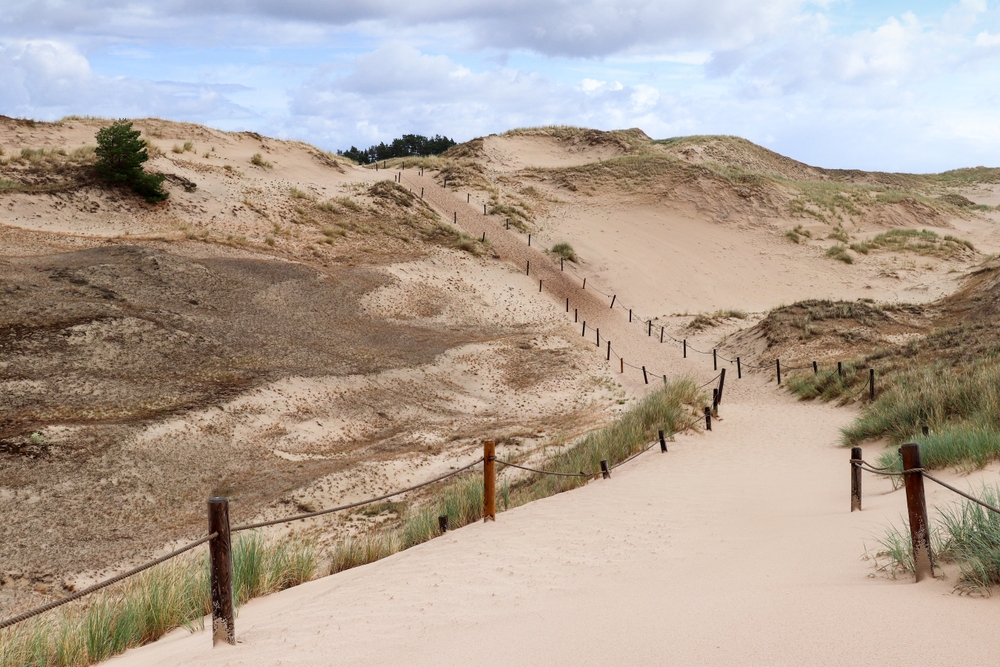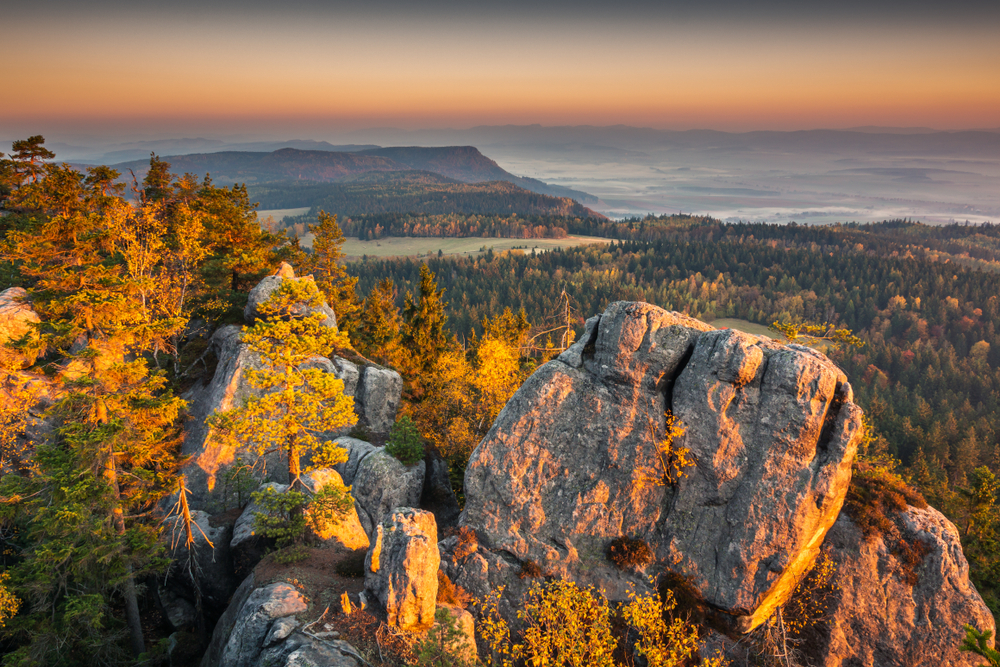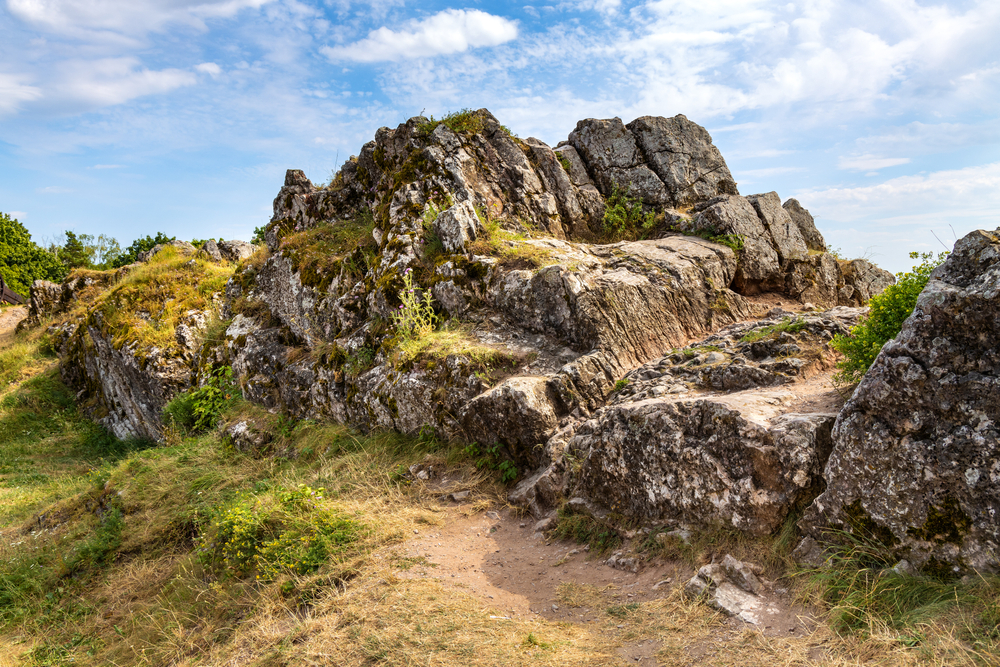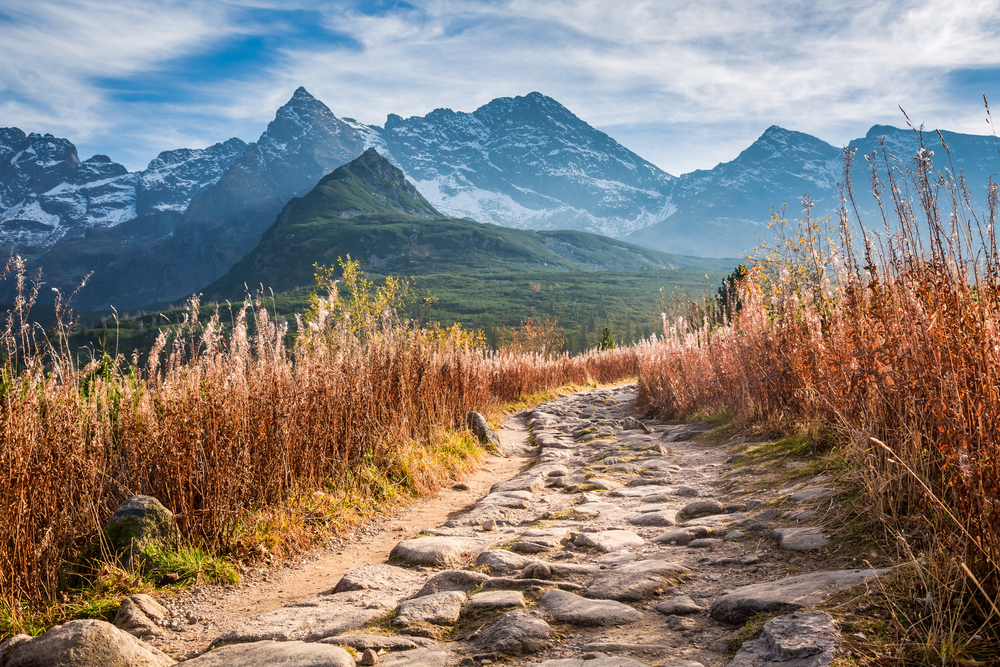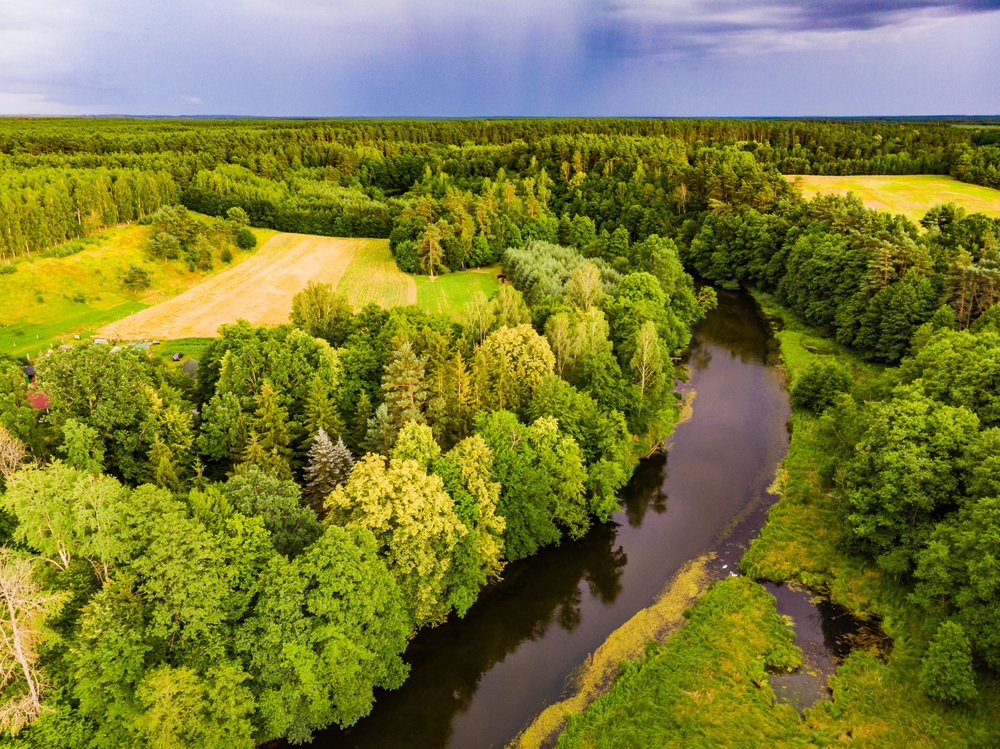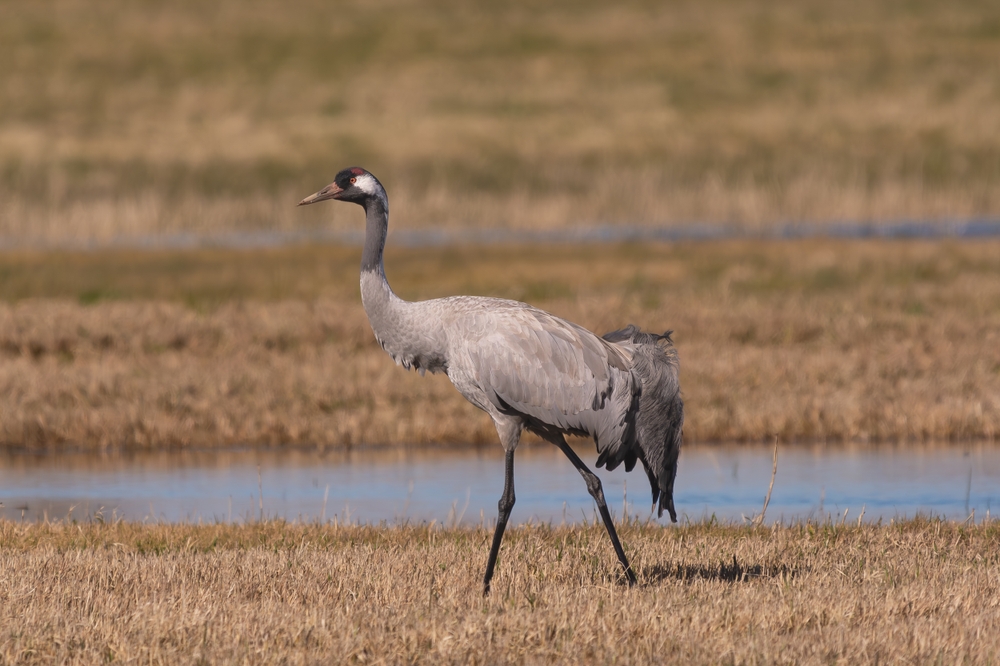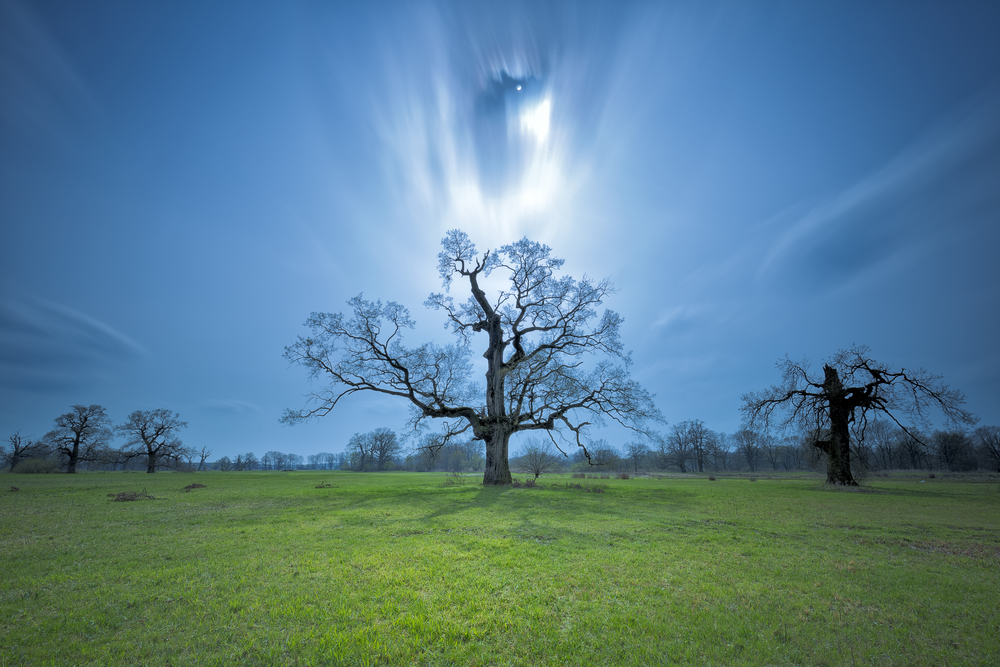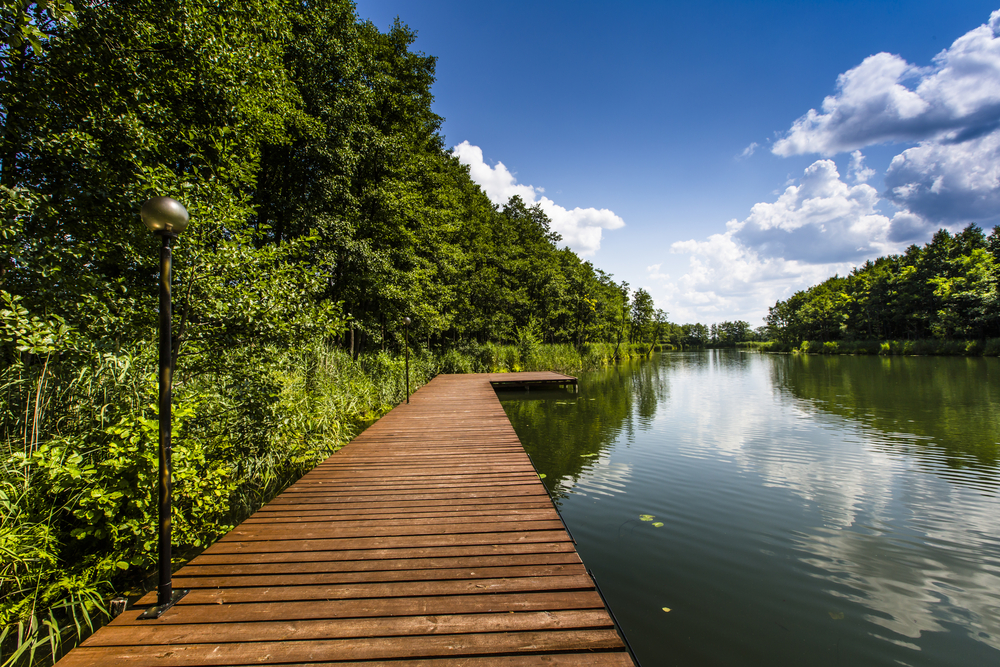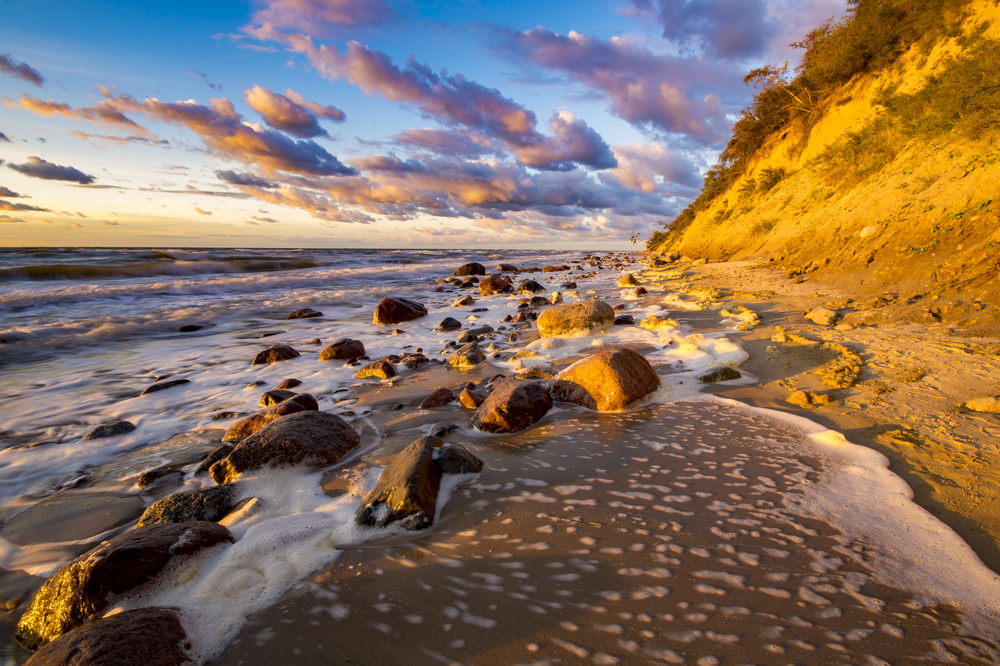Poland is home to 23 officially designated national parks, each offering a glimpse into the country’s rich biodiversity and diverse landscapes. These parks protect pristine forests, dramatic mountains, vast wetlands, and unique geological formations, making them a haven for wildlife and a treasure trove for nature enthusiasts. Poland’s national parks cover about 1% of the country’s territory and are integral to preserving its ecological heritage while providing opportunities for eco-tourism and recreation.
Białowieża National Park, a UNESCO World Heritage Site, is one of Poland’s most famous and ecologically significant parks. Located on the border with Belarus, it protects the Białowieża Forest, Europe’s last primeval forest. This ancient woodland is home to the largest population of European bison, alongside wolves, lynxes, and a remarkable diversity of bird species. Visitors can explore the forest through guided tours, marveling at centuries-old oak trees and thriving ecosystems that remain virtually untouched by human development.
In southern Poland, Tatra National Park encompasses the Polish section of the Tatra Mountains, part of the Carpathian range. Known for its rugged peaks, alpine meadows, and glacial lakes, this park is a paradise for hikers and climbers. Morskie Oko, a stunning glacial lake surrounded by peaks, is a highlight for visitors. The park is also home to unique flora and fauna, including chamois and marmots, which thrive in its high-altitude environment. Tatra National Park’s dramatic scenery and well-marked trails attract nature lovers from around the world.
Wolin National Park, situated on Wolin Island along the Baltic Sea, combines coastal beauty with rich biodiversity. The park is renowned for its dramatic cliffs, sandy beaches, and the picturesque Szczecin Lagoon. Visitors can spot white-tailed eagles soaring overhead and explore the Bison Reserve, which is dedicated to the conservation of European bison. Wolin’s blend of marine and terrestrial ecosystems makes it one of Poland’s most unique national parks.
Biebrza National Park, the largest national park in Poland, is a vast wetland area centered around the Biebrza River. Known as a birdwatcher’s paradise, it hosts over 250 bird species, including cranes, storks, and marsh harriers. Its unspoiled marshes and meadows are also a refuge for moose and otters. Canoeing along the Biebrza River and hiking the park’s trails offer immersive ways to experience its serene landscapes.
Ojcow National Park, the smallest national park in Poland, is famous for its dramatic limestone cliffs, caves, and medieval castles. Located near Kraków, this park features fascinating geological formations, such as the iconic Hercules’ Club rock column. Visitors can explore the park’s caves, hike scenic trails, and discover cultural landmarks like Pieskowa Skała Castle.
Poland’s national parks face challenges such as climate change, habitat loss, and increasing tourism. However, the country’s strong conservation efforts, including rewilding projects and sustainable tourism practices, have contributed to the successful preservation of these natural treasures.












































































